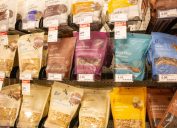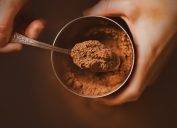2024's "Dirty Dozen": 12 Fruits and Vegetables With the Most Pesticides
The Environmental Working Group recently issued its annual report.

When eating fruits and vegetables, most of us assume we're making the healthiest choice—after all, we're not chowing down on potato chips instead. But the truth may be a bit more complicated. Every year, the Environmental Working Group (EWG) publishes a guide to warn shoppers about the presence of pesticides in produce. On March 20, the health advocacy organization released its 2024 "Dirty Dozen" list to indicate which 12 fruits and vegetables are contaminated with the most pesticides.
The EWG's new report analyzed data from testing conducted by the U.S. Department of Agriculture (USDA) and the Food and Drug Administration (FDA) on 47,510 samples of 46 different fruits and vegetables.
"The USDA peels or scrubs and washes produce samples before they're tested, whereas the FDA removes only dirt first," the organization stated in its report.
Still, the tests found traces of 254 pesticides in the fruits and vegetables tested.
"Pesticides are chemicals designed to kill living organisms that are considered pests, including insects, weeds and mold. Even after washing fruits and vegetables, pesticide residues remain on produce," the EWG further explains on its website. "Research shows that certain pesticides used on American produce are linked to cancer, hormone disruption, and cognitive and behavioral problems."
Four of the most frequently found pesticides from the produce on this year's Dirty Dozen list were fludioxonil, pyraclostrobin, boscalid and pyrimethanil—which are also fungicides, according to the EWG.
"Emerging evidence suggests many widely used fungicides may disrupt human hormone systems," EWG senior toxicologist Alexis Temkin, PhD, said in a statement. "But more studies are needed to better understand the risks they—and all pesticides—pose to humans, particularly children."
To help keep yourself safe, the EWG recommends that consumers buy organic versions of any produce on the Dirty Dozen list. Read on to find out which 12 fruits and vegetables have been found to contain the most pesticides, according to the organization's latest report.
RELATED: The Foods Most Likely to Cause Listeriosis.
12
Green beans

The EWG said shoppers should be aware that green beans might contain traces of two insecticides that have been linked with harm to the developing nervous system: acephate and methamidophos.
According to the organization, thee chemicals were found in around 8 percent of the non-organic green bean samples tested by the USDA in 2021 and 2022.
11
Blueberries
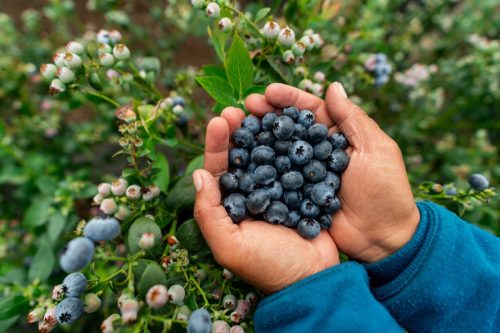
Blueberries have come in 11th on the EWG's Dirty Dozen list for the second year in a row.
"The most troubling pesticides found on blueberries were phosmet and malathion, chemicals known as organophosphate insecticides," the organization stated. "They kill many types of insects and are toxic to the human nervous system, especially children's developing brains."
RELATED: 12 "Fake Health Foods" to Stop Eating If You Want to Lose Weight, Fitness Expert Says.
10
Cherries
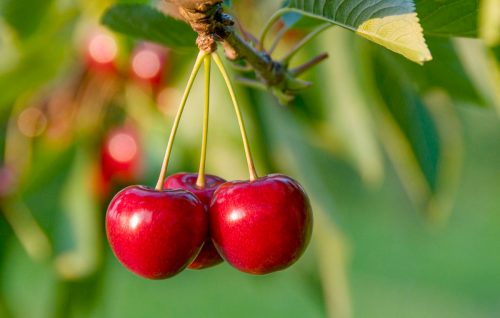
Over 90 percent of cherry samples tested positive for residue of two or more pesticides, according to the EWG's report. Two concerning chemicals found on this fruit were pyraclostrobin, which may be associated with liver toxicity and metabolic disorders, and boscalid, which has been linked to cancer and thyroid dysfunction.
9
Bell and hot peppers
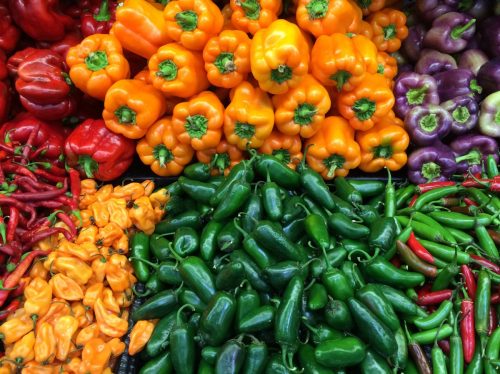
There's certainly a pesticide problem when it comes to peppers. The EWG said that bell and hot peppers were found to have the second highest amount of individual pesticides with 101 different chemicals found on these items.
8
Apples
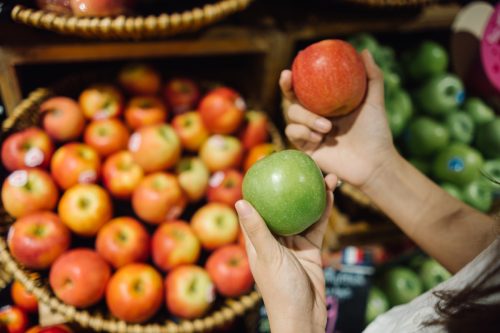
Apple's typically contain an average of more than four different pesticides—some at high concentrations, too, according to the EWG.
RELATED: Fruits That Work Just as Well as Supplements, Science Says.
7
Nectarines

Just like cherries, over 90 percent of nectarine samples tested positive for residues of two or more pesticides.
6
Pears

The number of chemicals found on pears have climbed up over the years, according to the EWG. For its latest report, the organization discovered that more than six out of 10 non0organic pears tested by the USDA have traces of five or more pesticides. This is "a dramatic jump from earlier tests," the EWG warned.
5
Peaches

Almost all peaches are contaminated with pesticides, according to the EWG.
"A single peach sample could have traces of up to 19 different pesticides," the organization added.
4
Grapes
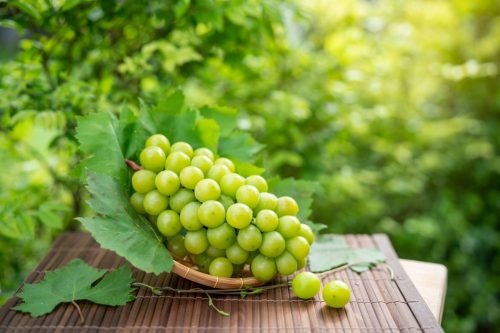
Grapes may not be all that good for you either. The new EWG report indicated that more than 90 percent of grapes tested positive for two or more pesticides.
RELATED: Nutritionist Reveals 3 "Gross" Foods She'll Never Eat and the Horrifying Reasons Why.
3
Kale, collard, and mustard greens
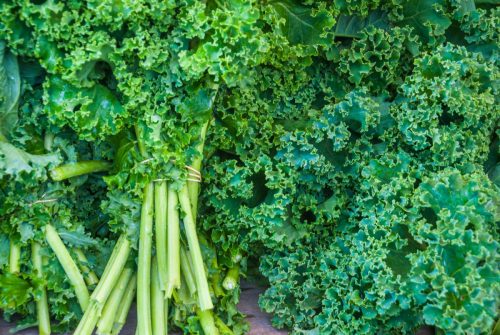
Watch out for your greens as well.
"The most pesticides were found on kale, collard and mustard greens, with 103 individual chemicals found across the items in the category," the EWG stated in its report.
2
Spinach
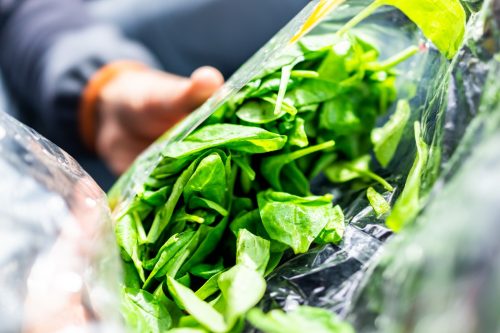
Another leafy green to be concerned about is spinach. This nutrient-rich vegetable tested positive for an average of seven different pesticides include permethrin—which has been banned for use on food crops in Europe since 2000.
"At high doses, permethrin overwhelms the nervous system and causes tremors and seizures," the EWG warned.
1
Strawberries

Topping the EWG's Dirty Dozen is the sweet (but potentially pesticide-laden) strawberry. This fruit has ranked first for many years, because it has been found to be the "fresh produce item most likely to be contaminated with pesticide residues, even after they are picked, rinsed in the field and washed before eating," according to the organization.
"The average American eats about eight pounds of fresh strawberries a year—and with them, dozens of pesticides, including chemicals that have been linked to cancer and reproductive damage, or that are banned in Europe," the EWG cautioned.
Best Life offers the most up-to-date information from top experts, new research, and health agencies, but our content is not meant to be a substitute for professional guidance. When it comes to the medication you're taking or any other health questions you have, always consult your healthcare provider directly.

